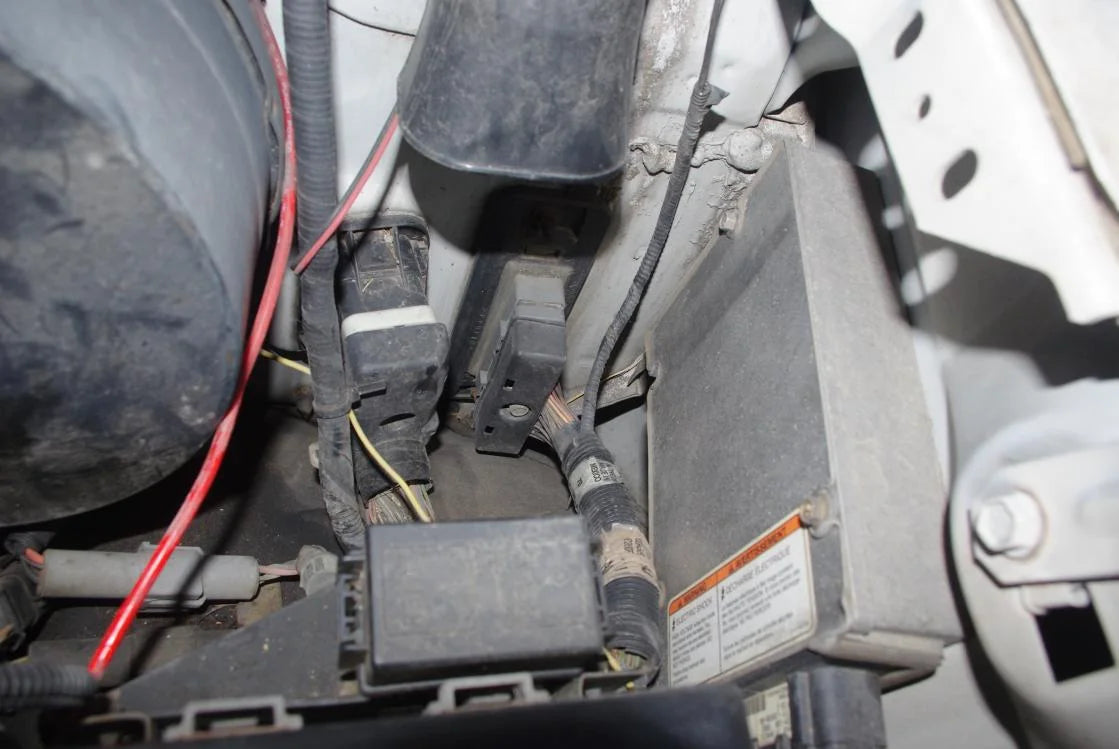table of contents
When it comes to maintaining the robust performance of your 1994 - 1997 F250 7.3L Powerstroke diesel truck, understanding the heart of your fuel injection system—the Injector Driver Module (IDM)—is essential. This blog post is your go-to guide for troubleshooting IDM failures, ensuring your Powerstroke stays on the road where it belongs.
Understanding the IDM's Role
The IDM's role in your Power Stroke engine is to electronically control the fuel injection timing and amount. It's a crucial component that directly influences engine efficiency, power, and overall performance. When the IDM functions correctly, your truck delivers the power and reliability you expect from such a legendary diesel engine.
Symptoms of a Failing IDM
Identifying a failing IDM can be tricky, as the symptoms may mimic other engine issues. However, there are some telltale signs that should prompt you to investigate the IDM:
- Engine Misfires or Rough Idling: If your engine isn't running smoothly, or you're experiencing misfires, it could be a sign that the IDM is unable to deliver the correct fuel amount to the engine.
- Decreased Power and Acceleration: A vehicle that feels sluggish or has lost its get-up-and-go spirit may be suffering from an IDM issue.
- Check Engine Light: While this light can indicate a myriad of problems, it's wise to check the IDM if other symptoms are present.
- No Start Condition: If the IDM fails completely, it can lead to a no-start condition, as it's responsible for initiating the fuel injection process.
Diagnosing the IDM
Before you condemn the IDM, it's important to conduct a thorough diagnosis:
- Visual Inspection: Check for any obvious signs of damage to the IDM and its connections.
- Check for Codes: Use a diagnostic scanner to read any trouble codes that could be related to the IDM.
- Wiring Check: Inspect the wiring harness for any signs of wear, corrosion, or damage that could be affecting IDM performance.
- Bench Testing: In some cases, removing the IDM and having it testing by a professional testing service is the best route. We offer a testing service for IDMs and PCMs as well as a rebuild service if your IDM is in fact bad.
Repair or Replace?
If you've determined the IDM is the culprit, you have two options: repair or replace.
- Repair: Some IDM issues can be repaired, particularly if they're related to wiring or connections. This can be a cost-effective solution but requires a certain level of expertise.
- Replace: In cases where the IDM itself has failed, replacement will be necessary. It's advisable to opt for a quality replacement part that meets or exceeds OEM specifications to ensure longevity and performance.
- High Voltage Rebuild: If you are at the point of replacing your IDM and are looking for a smoother cleaner idle as well as better throttle response. Upgrading your IDM to a HV IDM is a great option.
Prevention is Better Than Cure
To prevent future IDM failures:
- Keep It Clean: Regularly check and clean the IDM's connections to prevent corrosion and ensure good electrical contact.
- Protect the Wiring: Ensure the wiring harness is protected from heat and vibration, which can lead to insulation breakdown and shorts.
- Regular Inspections: As part of your routine maintenance, include IDM inspections to catch issues before they lead to failure.
Conclusion
The IDM is a vital but often overlooked component of the 7.3L Power Stroke engine. Recognizing the symptoms of a failing IDM and taking prompt action can save you time and money, not to mention the inconvenience of being stranded. Remember, a healthy IDM means a healthy engine, so give it the attention it deserves, and your 7.3L Power Stroke will continue to be the reliable workhorse it's known to be.






